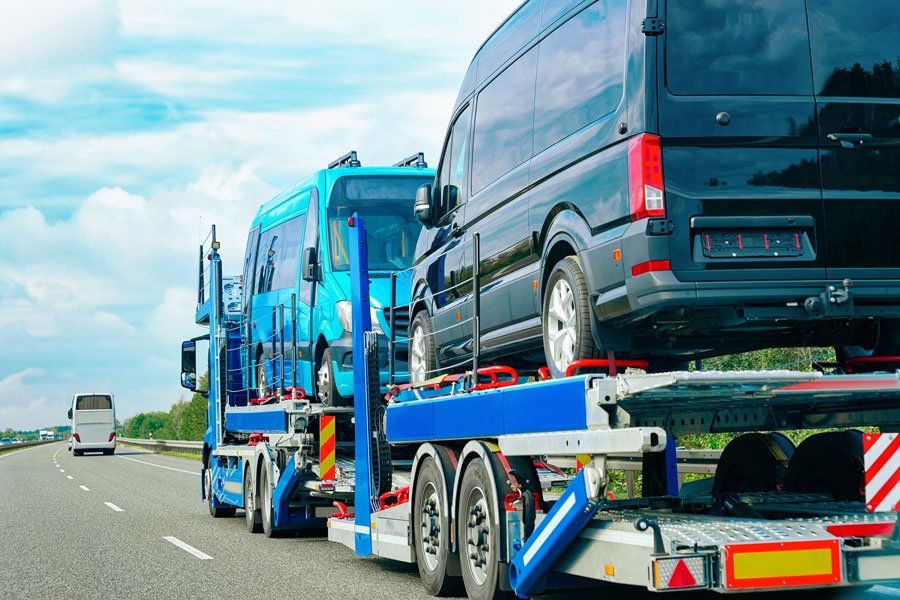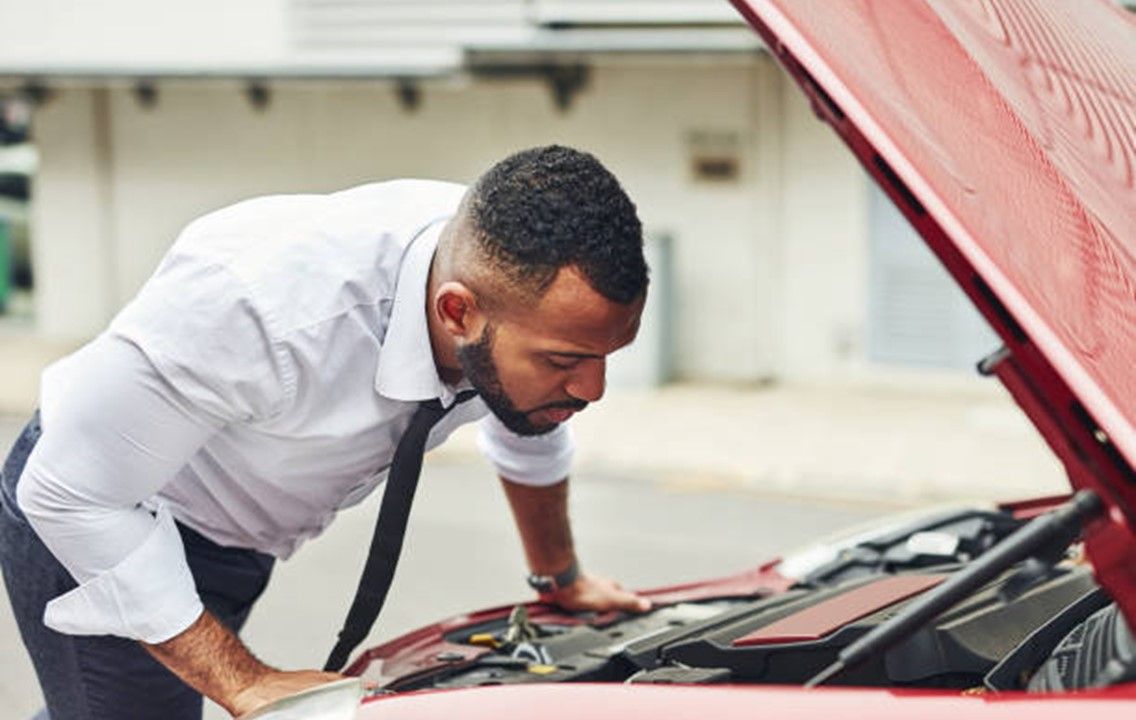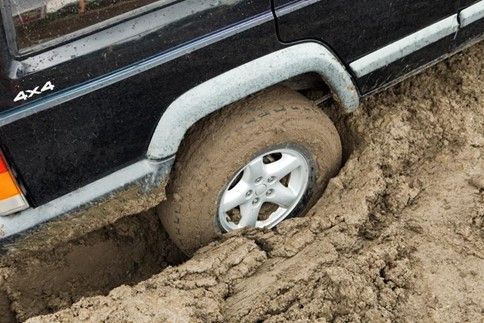4 Tips for Purchasing and Towing Non-Running Vehicles
Admin • March 12, 2020

When most people are on the hunt for a new vehicle, they expect to be able to turn the key and drive away. Starting and running are two fairly basic requirements for a car, but sometimes the car you want to purchase can't move under its own power. Whether you're buying a classic vehicle, a fixer-upper, or a parts car, you need to understand how to approach this unusual situation.
These four tips will help to guide you through the process of successfully transporting a vehicle home, even when you don't have a truck and trailer of your own.
1. Inspect the Vehicle in Person
If you're buying a cheap parts car or mechanic's special, you might want to make the purchase sight unseen. This approach can sometimes make sense if you're towing the car home on your own trailer, but it is a recipe for disaster if you will be relying on a third-party towing service. An up-close and personal inspection should always be your first step.
In addition to checking on the vehicle's condition, you should check a few other features to ensure a smooth tow for your new purchase. Even if the car doesn't run, it should shift into neutral and roll freely. Vehicles stuck on blocks or otherwise without wheels cannot be easily or safely towed. Flat tires are fine for towing but will require a flatbed to avoid damaging the wheels or hubs.
2. Pay Attention to the Vehicle's Position
It may seem obvious, but the tow truck needs to be able to reach your new purchase. If you're buying from a junkyard or a seller with numerous junk vehicles, then your new car may be located deep in a field or an otherwise inaccessible location. Vehicles that are difficult to reach may present unique challenges for towing companies.
If you believe the vehicle may be inaccessible or especially hard to reach, try to work with the seller to move the car to a better location. Pay special attention to mud or dense vegetation that might make it difficult for a light-duty tow truck to reach the car. If you can't make arrangements with the seller, request pictures of the area around the vehicle. These photos will be useful later.
3. Know Where You Will Deliver the Vehicle
Picking the car up is only half of the battle. Your tow truck driver must also be able to deliver the vehicle to your home or another suitable location. Unloading a car from a flatbed requires space, so keep this in mind as you select the vehicle's ultimate destination. Since the car can't move on its own, you should be sure that its new home is easily accessible.
When choosing a destination for your vehicle, all the same considerations apply. Avoid areas that are difficult to reach, muddy, blocked by other vehicles, or otherwise inaccessible. If no alternatives are available, you may need to provide some extra information to the towing company and warn them of your special requirements in advance.
4. Work With the Tow Company Before Arriving
Once you're ready to finalize your purchase, it's time to arrange for transport. Avoid contacting the tow company on the day that you intend to transport your vehicle. Companies often have long waits for non- emergency tows, and you may not be able to arrange an appointment on a schedule that works for you. Instead, contact the company at least one day in advance to work out an appropriate time.
If either the vehicle's current position or its intended destination requires special consideration, then now is the time to let your towing company know. For especially tricky tows, be sure to provide the photos you took earlier. By providing as much information as possible, you are helping the towing company to plan for a quick and efficient tow.
No matter how difficult the tow happens to be, AA Wrecker Service can help get your new car home. Give us a call today
to schedule your pick up!

This guide provides essential tips for towing your motorcycle securely, whether you're handling a breakdown, transporting over a long distance, or in an emergency situation. Understand the key factors of motorcycle towing, from selecting the proper trailer or tow truck to securing your bike correctly to avoid damage. Learn how to ensure safe transport by checking weight capacity, using a wheel chock for stability, and driving cautiously.
Read this blog to learn why you should call a towing service after a vehicle accident to ensure the safety and preservation of your vehicle.
Discover essential roadside safety tips for staying safe when your car breaks down. From pulling over safely to using your emergency kit, learn how to handle car trouble confidently and ensure your safety on the road.
Every car owner fears breaking down. Read our blog to learn why you need a professional towing service if you break down and why DIY isn't enough.
Dealing with an abandoned vehicle can be inconvenient. Read our blog to learn why you should call a professional abandoned vehicle towing service.
Understanding the potential reasons for needing a motor home tow and how to prepare for such an event can save you time. Read on to learn more.
Your vehicle can break down at any place and at any time. Learn about some of the main reasons why cars might suddenly break down.








